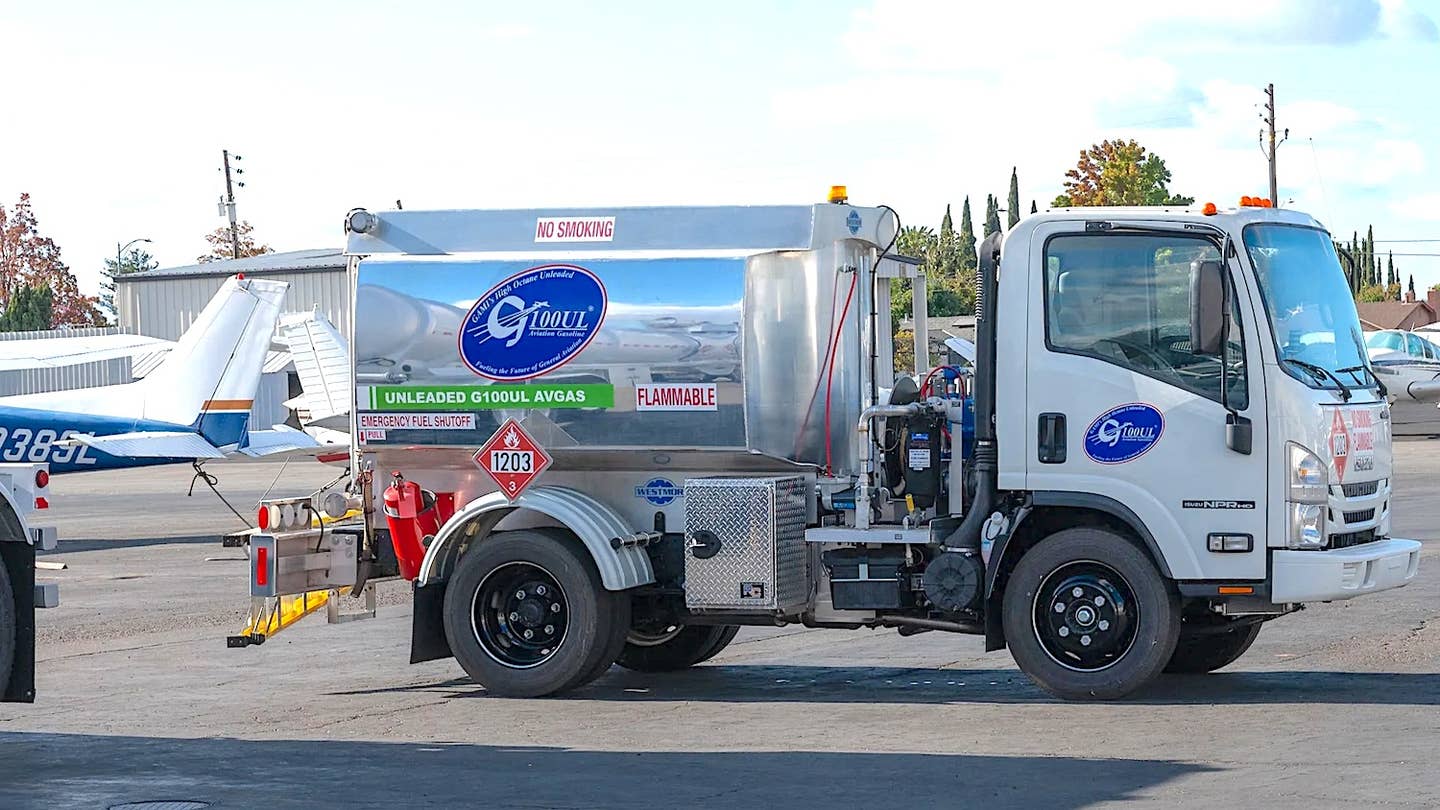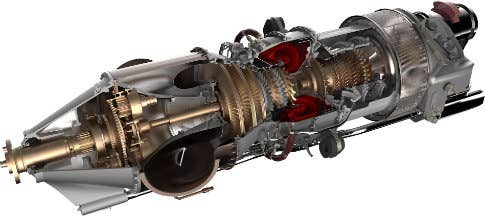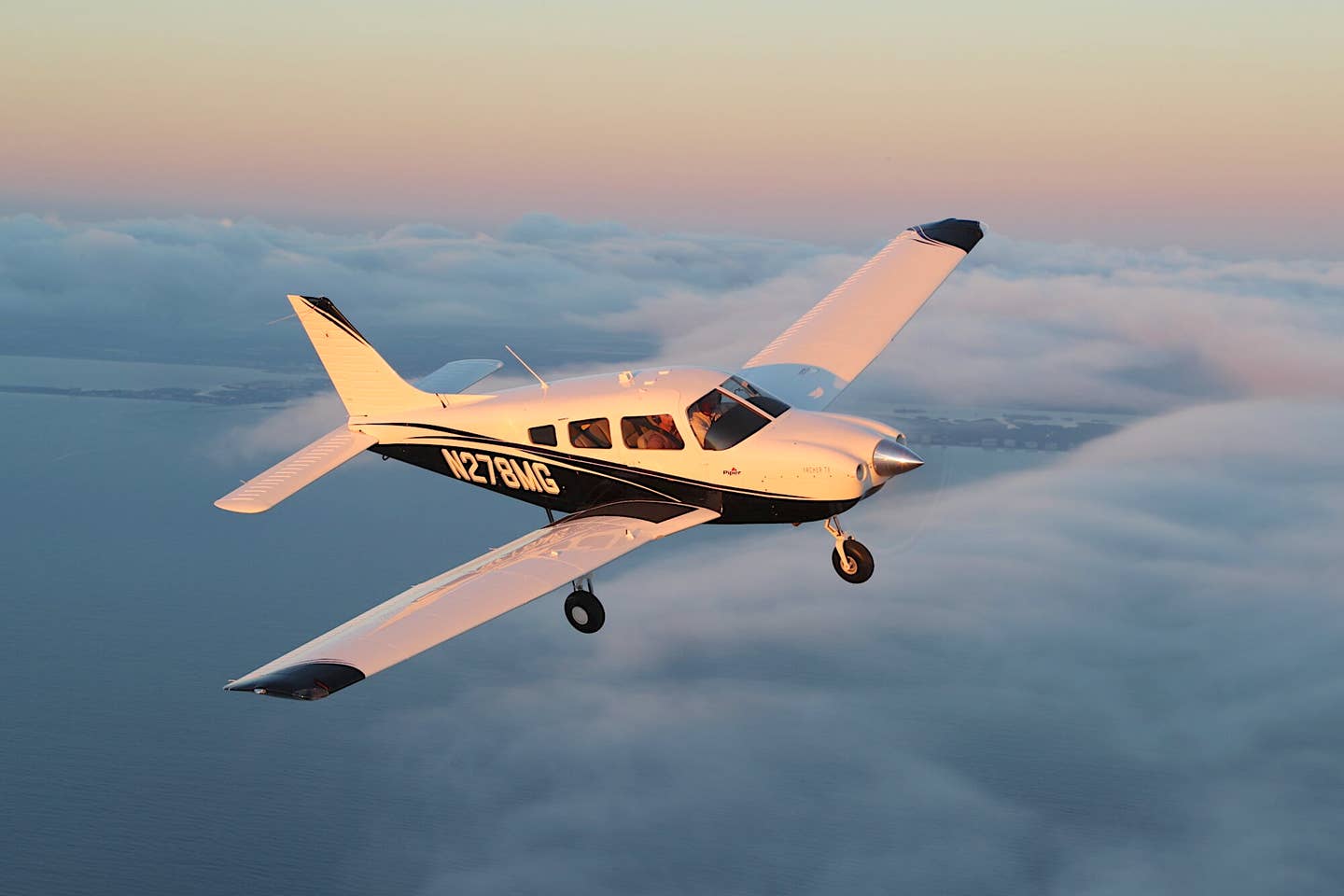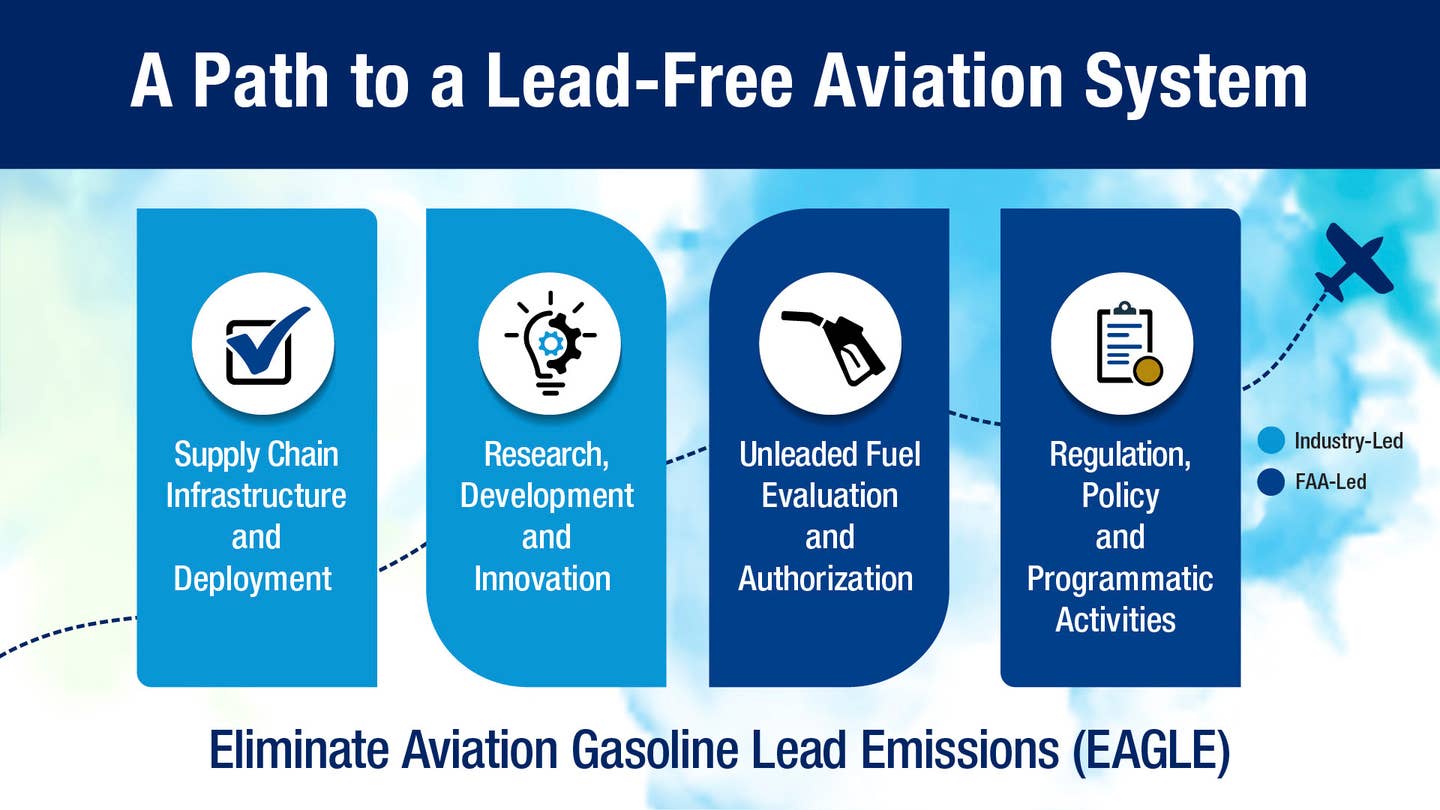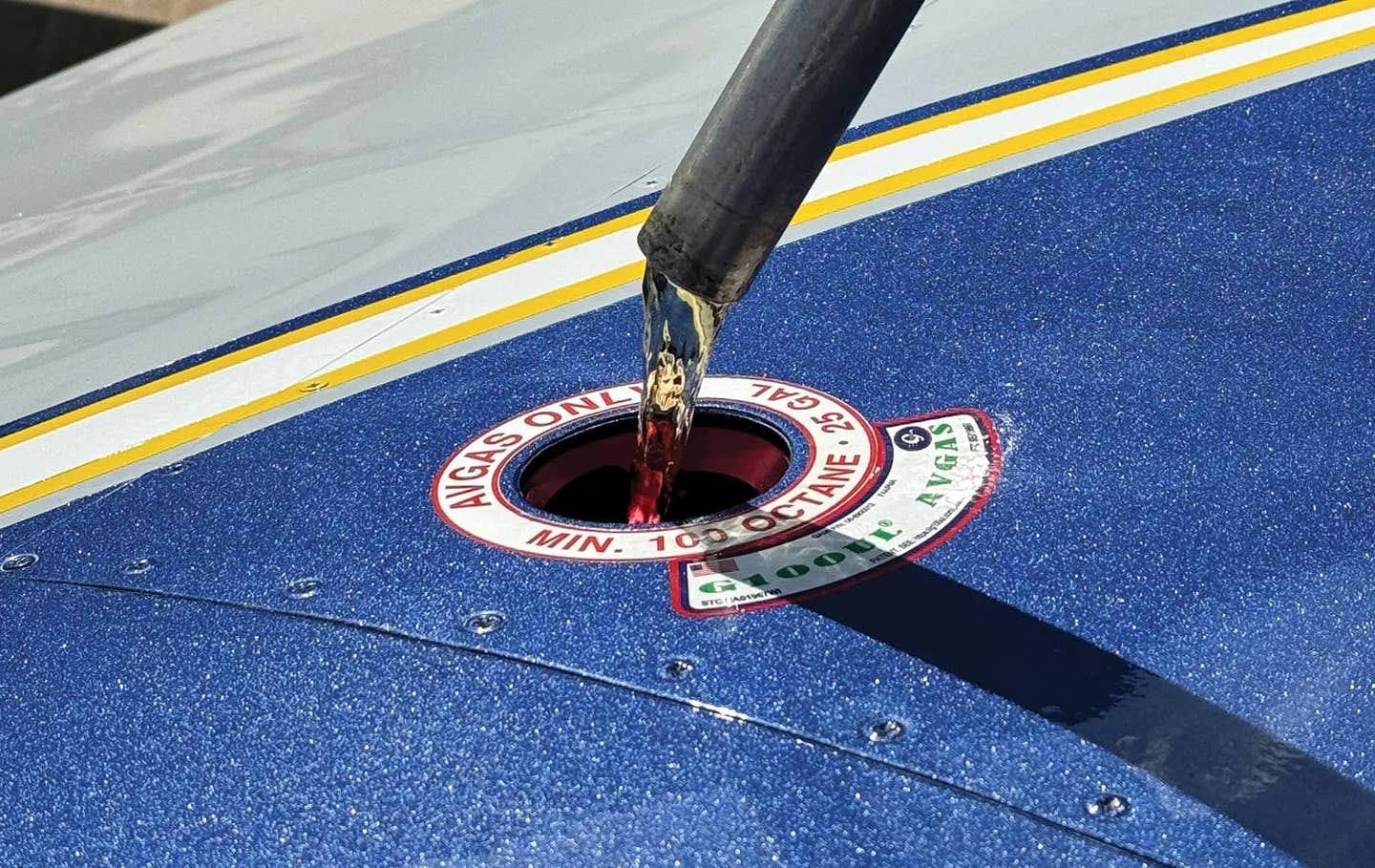The Savvy Aviator #25: Buying The Right Airplane
You’re in the market to buy a used airplane. You look in Trade-A-Plane and find a lot from which to choose. AVweb’s Mike Busch has some thoughts about which to consider, and which to pass by.
Finding the right airplane to buy is hard work. Who among us hasn't spent hours looking through the pages of Trade-A-Plane trying to find that perfect candidate -- one with low time, a fresh overhaul, new paint and interior, great avionics, and a bargain price?Dream on!Common sense says you're unlikely to find an airplane like that -- and if you do, there's probably a good reason that it's underpriced ... like maybe lost logbooks, major damage history, wing spar corrosion, an expensive Airworthiness Directive (AD) that hasn't been complied with, or some other big-time skeleton in the closet.
Bargain Hunter Beware
My friend Brian Jacobson, a professional aircraft appraiser, tells the colorful story of a fellow who bought a gorgeous-looking Cessna 310 from a Trade-A-Plane ad back in the mid-1970s. The airplane was only two years old and had less than 100 hours on the Hobbs meter, and the new owner bragged about what a "steal" he'd gotten on it. But when the owner tried to get the airplane added to the Part 135 certificate of the local FBO, the aircraft's true story came out.It seems that at just 38 hours since new, the original owner of the 310 ran it off the end of a short runway and into a water-filled drainage ditch. The aircraft sat partially submerged in the ditch for two weeks until the insurance adjuster arrived and declared the aircraft a total loss. An enterprising outfit then purchased the wreck as salvage, repaired it, put a sharp-looking fresh paint job on it, and sold it to the bargain-hunting new owner.Not surprisingly, the FBO's mechanics found corrosion problems throughout the airframe. The plane was plagued with avionics problems that were also traced to corrosion. The charter pilots insisted that the plane never did fly right, and avoided it whenever they could.The FBO dropped the plane from its charter fleet. The owner tried to sell the problem-plagued 310, but never could find an interested buyer. Finally, the 310 met its end two years later when the owner had a double engine failure and ditched the aircraft in Cape Cod Bay. The owner was rescued by the Coast Guard. The airplane wasn't.
Nothing's Perfect
Admittedly this was an extreme case. Many of the aircraft you see advertised in Trade-A-Plane are in reasonable shape, decently maintained, and worthy of consideration. But if you expect them to be in pristine condition -- or even in as good condition as represented in the ads -- you'll probably be disappointed.If you have your heart set on buying a perfect airplane, you'd better buy a new one and be prepared for sticker shock. A well-equipped new Cessna 182T costs more than $300,000 these days; a Cirrus SR22 or Cessna T206H goes for about $450,000; and a Beechcraft Baron G58 now sells for $1.25 million.If these prices are beyond your pay grade (and they sure as heck are beyond mine), you need to accept the fact that any "pre-owned" airplane you buy will be somewhat less than perfect and will require some fixing up after the purchase.There's absolutely nothing wrong with buying a "fixer-upper" so long as you go into the deal with your eyes open, have a good understanding of what it will cost to correct the airplane's deficiencies and are confident that this cost is adequately reflected in the negotiated purchase price.
High-Time Engine
Of course, some kinds of deficiencies are easier to deal with in this fashion than others. The easiest of all is an airplane with a high-time engine that's close to (or beyond) TBO.I say it's easiest because engine time is almost always fully reflected in the selling price. In other words, an aircraft with a run-out engine is almost always priced sufficiently below the price of a similar aircraft with a zero-time engine to account for the cost of a major engine overhaul or factory-rebuilt exchange engine.I bought my Cessna T310R with nearly run-out engines -- it had a bit over 1300 hours since new when I bought it, and published TBO is 1400 hours -- and I'm convinced that buying an airplane with run-out engines has a lot of advantages.One advantage is that the new owner gets to choose whether to overhaul or exchange for a factory rebuilt. If he opts to overhaul, he gets to choose the overhaul shop, the kind of cylinders he wants on his new engine(s), and any special items that may be desired when reinstalling the new engines (such as Teflon hoses, new Lord mounts, exhaust system repair, etc.) And that's as it should be, since it's the new owner who will have to live with the consequences of these decisions for years to come.A second advantage of buying an airplane with a run-out engine (or engines) is that the seller is probably motivated to sell -- rather than shell out big bucks for a major overhaul or factory rebuilt -- and so may be a bit more flexible during price negotiations. In fact, I'm always a bit suspicious when I see an aircraft listed for sale with a "fresh overhaul" or unusually low engine time. I can't help but think that the seller most likely knew he was about to get rid of the airplane when he had the engine overhauled, and it seems to me it would be mighty tempting to cut corners and minimize cost in that situation. Maybe I'm just cynical.A third advantage of buying an airplane with an engine at or near TBO is that you might just wind up getting a pleasant surprise. After buying my T310R with engines just 100 hours shy of published TBO, I wound up flying the airplane for 600 more hours of trouble-free operation before deciding to overhaul the engines at TBO+500. With reserve for overhaul of $22/hour/engine, that wound up being a $26,400 windfall for me.Most aircraft listed for sale have engines somewhere in between "fresh overhaul" and "run-out." The problem here is that it's often impossible for the buyer to know how much time he can expect to get out of the engine(s) before overhaul. A good friend of mine bought a gorgeous 1978 Cessna T310R some years ago with mid-time RAM engines. Now RAM is arguably the country's premier overhaul shop for TSIO-520 engines, and the engines got a clean bill of health during the pre-purchase inspection, so Frank fully expected it to be years before he'd have to think about major overhaul. At the first oil change after Frank bought the airplane, however, some ferrous metal showed up in one of the oil filters. Frank sent the filter contents to RAM, and they determined that one or more cam lobes were coming apart. Frank wound up flying the aircraft to Waco, Texas, and having RAM tear down and overhaul the engine. RAM generously offered some warranty credit, but it was still an expensive surprise. Welcome to the joys of aircraft ownership!Bottom line is that I think the best way to buy a used aircraft -- all other things being equal -- is to buy one with a high-time engine, plan to overhaul it or swap it for a factory engine shortly after the purchase, and make sure the cost of doing so is factored into the selling price.
High-Time Airframe
In contrast, an airframe with beaucoup hours is much more difficult to analyze. Unlike engine time, airframe time cannot be "rolled back" by doing an overhaul. It is what it is.High time on an airframe isn't necessarily a bad thing. An airframe with high time has probably been flown regularly and often throughout its life. That's good. Also, a high-time airframe usually belongs to a "working airplane" (flight school, charter, cargo, etc.), and such aircraft tend to receive better and more regular maintenance than owner-flown "hangar queens."In contrast, an airframe with unusually low hours is often one that has experienced lengthy periods of disuse, and unless the aircraft was based in a dry climate or stored in a heated hangar, it's a likely candidate for hidden corrosion damage.Low-time airframes tend to command premium prices. Some years ago, a study of light twins listed for sale indicated nearly a linear, inverse correlation between selling price and airframe hours (after adjustment for engine time and equipment), with depreciation of almost exactly $10 per airframe hour. For example, all other things being equal, a 6,000-hour twin sold for $30,000 less than a 3,000-hour twin.I'm not sure that's rational, but market forces are often not rational. Personally, I'd be more comfortable buying a 25-year-old airplane with 4,000 hours on the airframe (average 160 hours/year) than a 25-year-old airplane with 1,000 hours on the airframe (average 40 hours/year). Of course, I'd really want more information about how those hours were distributed over the aircraft's life, whether there were extended periods of disuse, whether the aircraft was hangared or tied down outdoors, where it was based, and so forth.Very high-time airframes are another matter, however. We used to think that airframes would pretty much last forever if adequately protected from corrosion. That may still turn out to be true for some airframes (like strut-braced, high-wing singles), but in recent years there has been increasing concern over the useful fatigue life of cantilever-wing airframes, particularly twin Cessnas and Beechcraft Bonanzas and Barons. There's already a very costly spar-strap AD for high-time Cessna 400-series twins, and a good possibility of more such ADs in the future that could have a big impact on owners of high-time airframes.As a general rule, you probably shouldn't pay a big premium for an ultra-low-time airframe, and might even do well to be a bit suspicious of one. A mid-time airframe -- with hours commensurate to its chronological age, indicating that it has been flown regularly and often -- may be a more-worthy candidate, not to mention a better bargain.I warned you it wasn't easy.
Older Aircraft
Figuring out what model year to buy is another toughie. Market valuation of airplanes tends to drop precipitously with calendar age, and you occasionally see older aircraft for sale that have been well-maintained, are corrosion-free, and are offered at what seem to be screaming bargain prices.My advice to all but the most experienced aircraft buyers is to be wary of older airplanes, particularly older complex airplanes. There's a good reason for their enticingly low asking prices: An older airplane can easily turn into a money pit. In fact, that may be precisely why it's for sale.You may figure that if the selling price is cheap enough, you can afford to spend the money to refurbish that older airplane into something really nice. Take an old, clapped-out 1960-model Cessna 210, for example, that you see in Trade-A-Plane for only $30,000. Add $20,000 for a zero-time engine, $12,000 for new paint and interior, and maybe another $8,000 to replace those old tube radios with a modern Com and GPS. So, for $70,000 you'll wind up with a first-class speed merchant, right?Unfortunately, your "better than new" refurbished airplane won't be worth anything close to the $70,000 you have invested in it. It might appraise at $45,000 at best, so you'll be in a world of hurt if you have to sell it. Unless you're sure that you'll be keeping the airplane for a many years, it's generally wise to avoid purchases that involve spending substantially more than fair market value for the aircraft.What's worse, 1960 was the first year that Cessna produced the 210, and not surprisingly the earliest models are saddled with expensive ADs and maintenance problems. Cessna learned a lot from building that aircraft for 26 years, and later models of the Cessna 210 are truly outstanding airplanes. But the earliest models are ... well ... somewhat less outstanding.I don't mean to be picking on the Cessna 210, either. The same holds true for early model Bonanzas, Cherokees, Mooneys, etc. You can often buy one for a song, only to discover your new acquisition is eating you out of house and home. Unless you're an A&P with lots of free time and looking for a "project airplane," my advice is generally to buy the latest model year you can reasonably afford, and to avoid aircraft requiring high-ticket refurbishment.
Outdated Avionics
0)]The conventional wisdom used to be that it was better to search for an airplane with suitable avionics than to buy one with older radios and refurbish the radio stack. That's because a new radio stack increases the resale value of the aircraft only a small fraction of what it costs to buy and install. So it's a lot more economical to let the other guy upgrade the panel than for you to do it.These days, however, you may have little choice in the matter. We're in the midst of a major avionics revolution, with terrestrial navaids getting phased out and satellite navigation fast becoming a must-have for serious cross-country flight. Unless you luck out and stumble across an airplane for sale with a Garmin GNS530 or GNS480, MX20 or Avidyne EX-500 already in the panel -- and that's not terribly likely -- you may have to bite the bullet and spring for one yourself.Still, it's best to find an aircraft with reasonably up-to-date avionics and minimize the amount you'll have to spend in electronics refurbishment. Installing a new autopilot is especially expensive, and it's a big plus if you can find an aircraft that already has a decent autopilot installed.
Worn Paint or Interior
2)]Don't hesitate to buy an aircraft just because the paint or interior are getting long in the tooth. Inexperienced buyers tend to get way too hung up on cosmetics. What really counts is what's under the paint and beneath the carpets. I'd buy a mechanically sound, corrosion-free airplane with shabby paint and interior in a heartbeat.Think of paint and interior like you think of engines: They wear out and have to be redone every 10 years or so. It really makes more sense for the buyer to do this after the sale than for the seller to do it before. After all, shouldn't the new owner get to pick the paint colors and upholstery materials?Much like engine time, the cost of paint and interior tends to be well reflected in the aircraft selling price. If you buy an aircraft with a fully depreciated paint job, you can reasonably expect the selling price to be discounted enough to compensate for a substantial portion of the cost of repainting.
Mechanical Discrepancies
You've found a plane you really like a lot, and arranged to have a pre-purchase inspection by a mechanic you trust. The inspection turns up some significant mechanical discrepancies. Now what do you do?That's easy: First, talk to your mechanic and determine what it will cost to correct the problems. Next, present the inspection findings and repair estimates to the seller, and see if he's willing to reduce his selling price enough to cover all, or at least most, of the repair cost. If so, you've got a deal; if not, you may want to pass and find another aircraft.Some discrepancies -- corrosion damage to a wing spar, for example -- may be so costly to repair that they'll instantly queer the deal. But most discrepancies -- say, a soft cylinder or an inoperative autopilot servo -- should be readily resolvable.I've known of cases where the prospective buyer of a half-million-dollar Cessna 421C decided not to go through with the purchase because the pre-purchase inspection revealed two cylinders with poor compression. That's crazy in my view. The cost of replacing those two jugs is less than one percent of the purchase price. The purpose of a pre-purchase inspection on a 421C should be to uncover the $35,000 discrepancies, not the $3,500 ones.If you're buying a Bonanza or Arrow or Skylane, scale these figures down appropriately. Good, clean, mechanically sound, corrosion-free airplanes are getting harder and harder to find, so don't let a good one get away because of a problem that's easy to fix.See you next month.
Want to read more from Mike Busch? Check out the rest of his Savvy Aviator columns.


